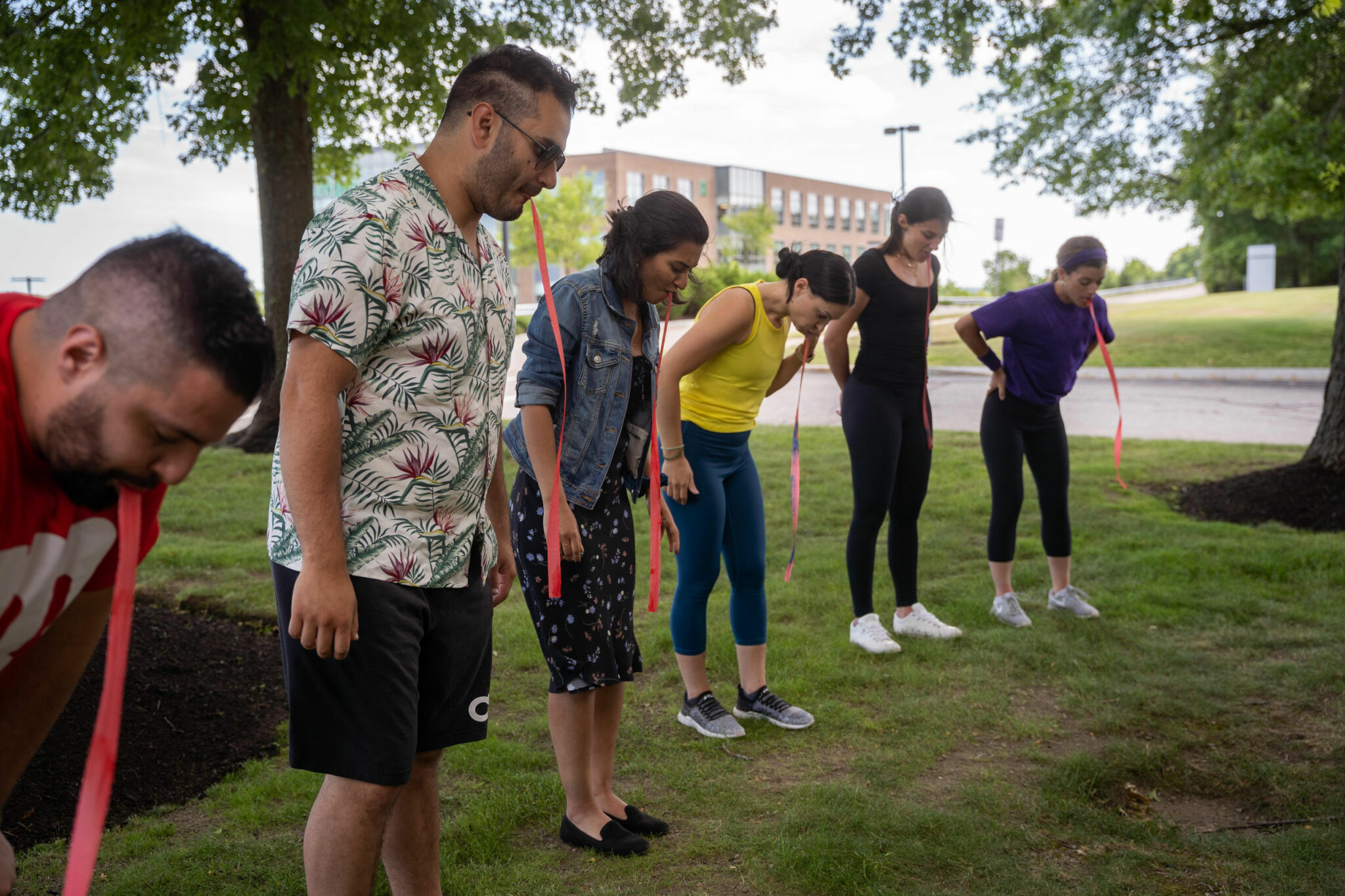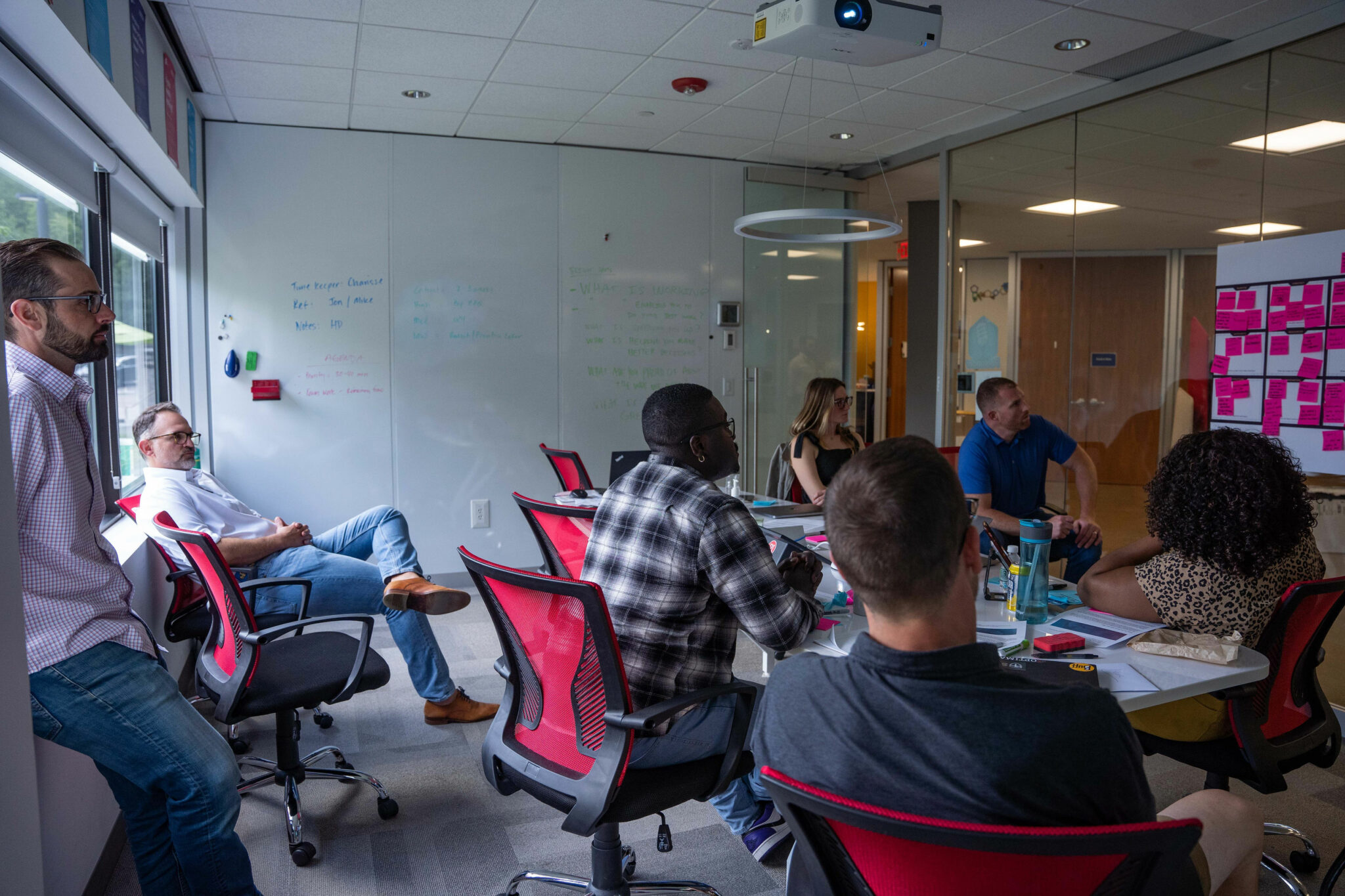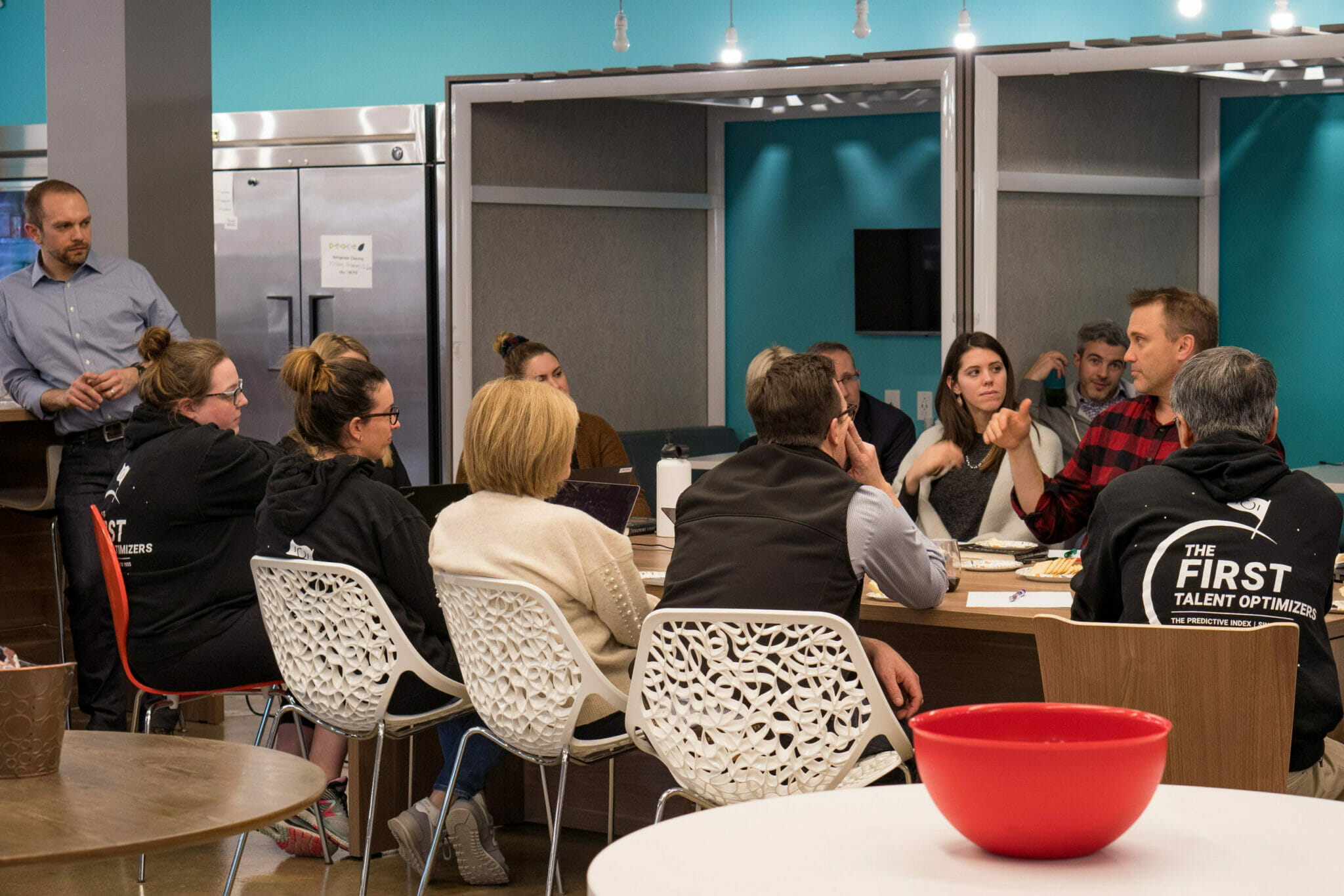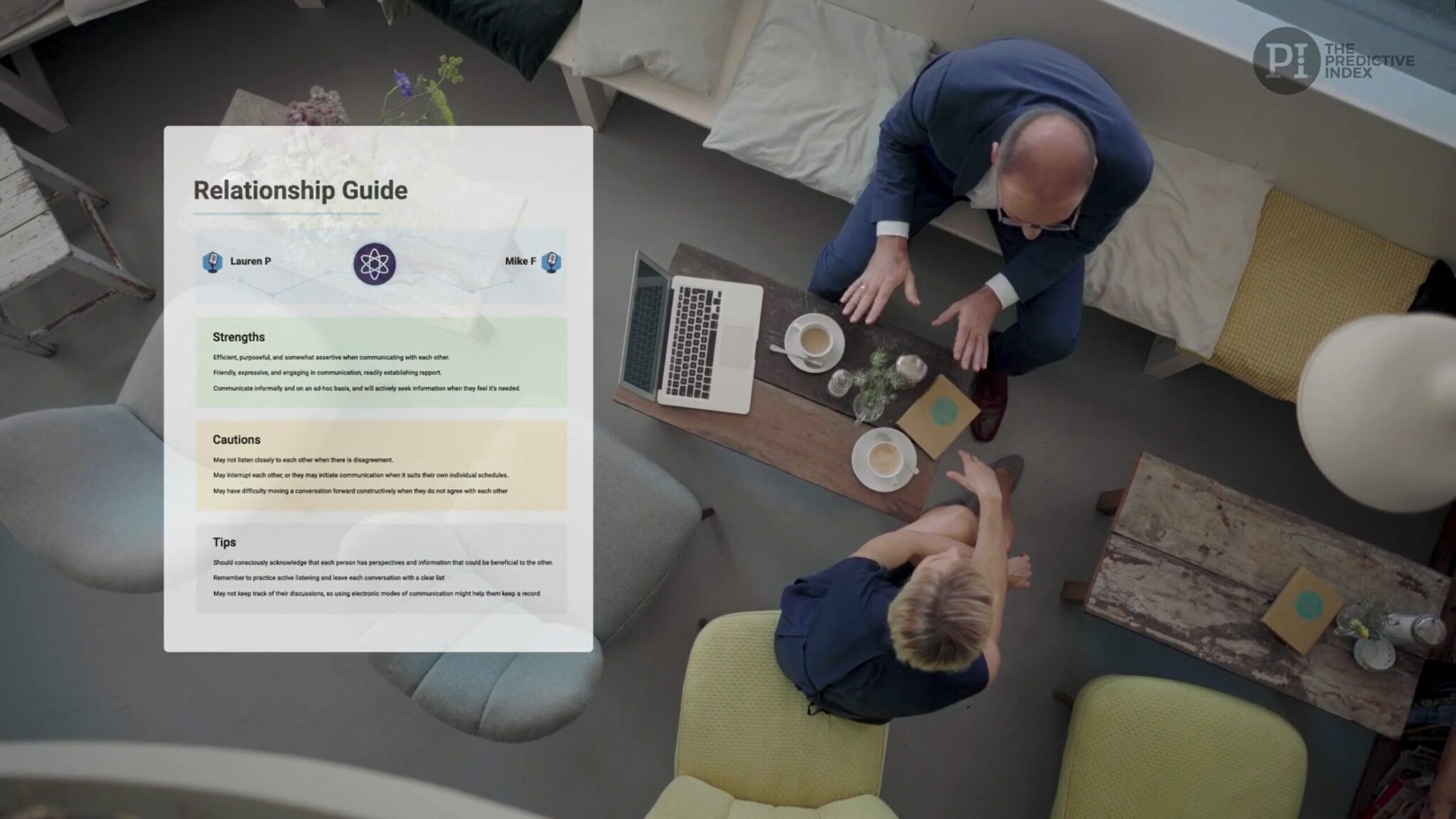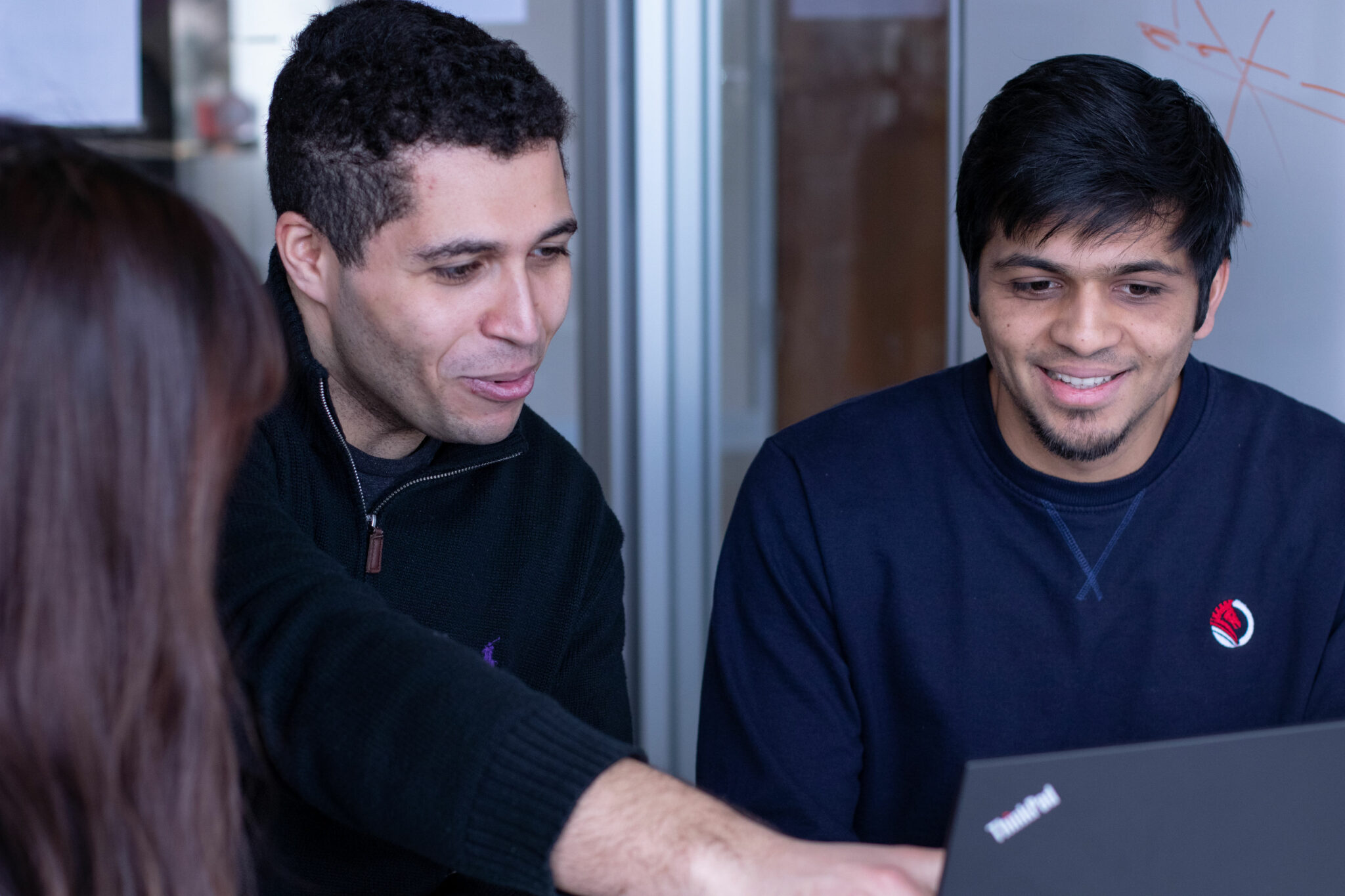Chris Butsch is a professional speaker who helps companies supercharge engagement, grow leaders, and keep their best people. He is a leading voice on the ROI of workplace happiness.
Just ask Garfield; Monday mornings are a slog. Traffic is heavier than usual. Client problems have escalated into “emergencies” over the weekend. E-mails have piled up. Worst of all, the warm respite of another Friday is four days away.
As a result of the chaos, “Monday morning” has become an unceremonious fixture of the corporate lexicon, synonymous with low energy, low productivity, and overall disengagement.
As a leader, you know that success depends on employees who are actively engaged all five days of the week. What, then, can you do to inoculate your workforce against a “Case of the Mondays”?
The myth of Monday mornings
Luckily, the unproductive Monday morning as described above is actually a total myth. Researchers have consistently found that Monday and Tuesday are the most productive days of the week. This is because the pile of e-mails and problem escalations compel employees to get “caught up” by end-of-day, so they work harder and longer.
However, these are not bonus productivity hours. Employees tend to skip lunch and stay late on Mondays, increasing their chance of burnout before the end of the week, so a woeful Monday morning actually ends up draining productivity from Thursday and Friday.
In scientific terms, burnout is caused by low levels of serotonin, the neurochemical responsible for calm, focus, and joy. When your employees overwork themselves on Monday, their serotonin levels fall dangerously low, and productivity slips as a result.
Join 10,000 companies solving the most complex people problems with PI.
Hire the right people, inspire their best work, design dream teams, and sustain engagement for the long haul.
So how do you supply serotonin to your workforce? Hint: It doesn’t come from Starbucks.
Gratitude: the espresso shot of serotonin
As mentioned in an episode of HBR IdeaCast, 35 percent of working professionals had never heard words of gratitude from their manager. Investigating the effects of gratitude on productivity, two researchers from Harvard and Wharton found that when people receive simple words of thanks and gratitude, they were twice as likely to offer their help in the future. As researcher Adam Grant said, “[Being thanked] reinforces that my contributions were useful and appreciated.”
Giving and receiving gratitude releases serotonin. In the workplace, employees who give and receive gratitude feel more joyful and calm, willing to help others, and take initiative. Naturally, it’s critical to keep serotonin levels high in the office. So how can you accomplish this in just a few minutes a week?
Do this: a weekly 10-minute e-mail to prevent Monday burnout
Begin each week with a Monday morning e-mail of gratitude. Call out three to five teams or employees, noting the remarkable work they’ve done and the specific impact they’ve made on your company. Feel free to use the following template:
[NAME], I sincerely appreciate how you _______ because it ________.
A Monday morning gratitude e-mail may look like this:
Hey everyone,
Because it’s important to acknowledge our company-wide teamwork, I’d like to start beginning each week with words of gratitude, and encourage each of you to continue this chain with shout-outs of your own.
Carol, I sincerely appreciate how you stayed an extra 30 minutes on the client site, because it made them feel that they were in good hands.
Jim, I really appreciate how you took initiative to set up our T1 lines, because faster downloads means we all get to go home a bit earlier.
Naveed, I sincerely appreciate how you took detailed notes and assigned follow-ups after our emergency meeting on Wednesday, because it gave everyone clear direction to resolve the problem by Friday.
What shout-outs would you like to add?

In summary, Mondays are the ideal time to implement a high-ROI burnout prevention strategy like the Monday morning gratitude e-mail. By elevating calm, focus, and joy, e-mails of gratitude are an essential tool for spending 10 minutes to win back tens of hours of productivity—creating a happier, more effective workforce in the process.
